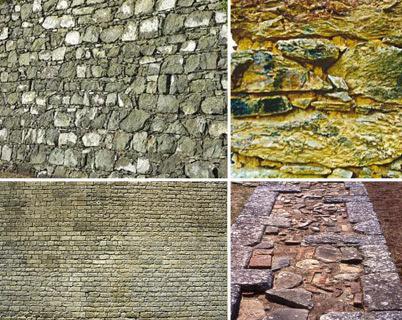Dottore di ricerca in Fisica, Dipartimento di Fisica e Scienze della Terra, Università degli studi di Ferrara
mandreot_332
EDILIZIA STORICA
Si documenta la parte della ricerca che si occupa della sperimentazione di un metodo di indagine strumentale per la definizione delle prestazioni energetiche degli edifici storici allo stato di fatto. La mancanza di specifici strumenti di indagine del comportamento energetico per questo tipo di costruzione spinge a elaborare un metodo alternativo di analisi che permetta di ottenere un dato quanto più preciso possibile. Tale dato di partenza, infatti, consente di progettare al meglio l'intervento di riqualificazione energetica e guida verso la scelta di strategie operative, tecnologie e materiali più adeguati per il rispetto dei valori architettonici e testimoniali del bene e verso la conservazione della capacità intrinseca di un edificio storico di controllare il microclima interno.
HISTORICAL BUILDINGS
The paper presents the research about the testing of a method of survey instruments for the definition of the energy performance of historical buildings. The lack of specific tools for calculating the energy performance of ancient buildings leads to apply the general rules (UNI TS 11300) also to the historical, without taking into account some technological and morphological characteristics of the old building, which instead can make the calculation of the energy behaviour for a correct design of interventions particularly difficult.
The greatest problem lies in the difficulty of ascertaining the real composition of the housing envelope, especially in situations where the most valuable is not even possible to perform small investigative surveys. This makes it impossible, in many cases, to apply the analytical method in a comprehensive and precise way, with the risk of affecting the final result. The heterogeneity of the walls makes it extremely difficult to estimate their transmittance, because in many cases they are made of bricks of different nature, with the presence of empty spaces or mixed textures.
Another difficult aspect to consider is the presence of thermal bridges borders, such as the detachment frame-wall flues hidden, previous restoration, ceiling concealed by works of decorum or the presence of local buffers (ie basements, attics) that can cause dynamic changes to the conditions governing the thermal exchanges. Only when the building is equipped with its own heating system (if not very common), you can identify these features with the help of thermography. Otherwise, you need to trust only to the study of the sources and proceed by analogy with similar cases. This is not always possible. For this reason, it is necessary to investigate, on the one hand, the instruments now available to the designer to make these evaluations, on the other, provide simplified tools for the estimation of these parameters. The objective of the memory is to highlight the first results on the testing of a simplified method of instrumental survey.

